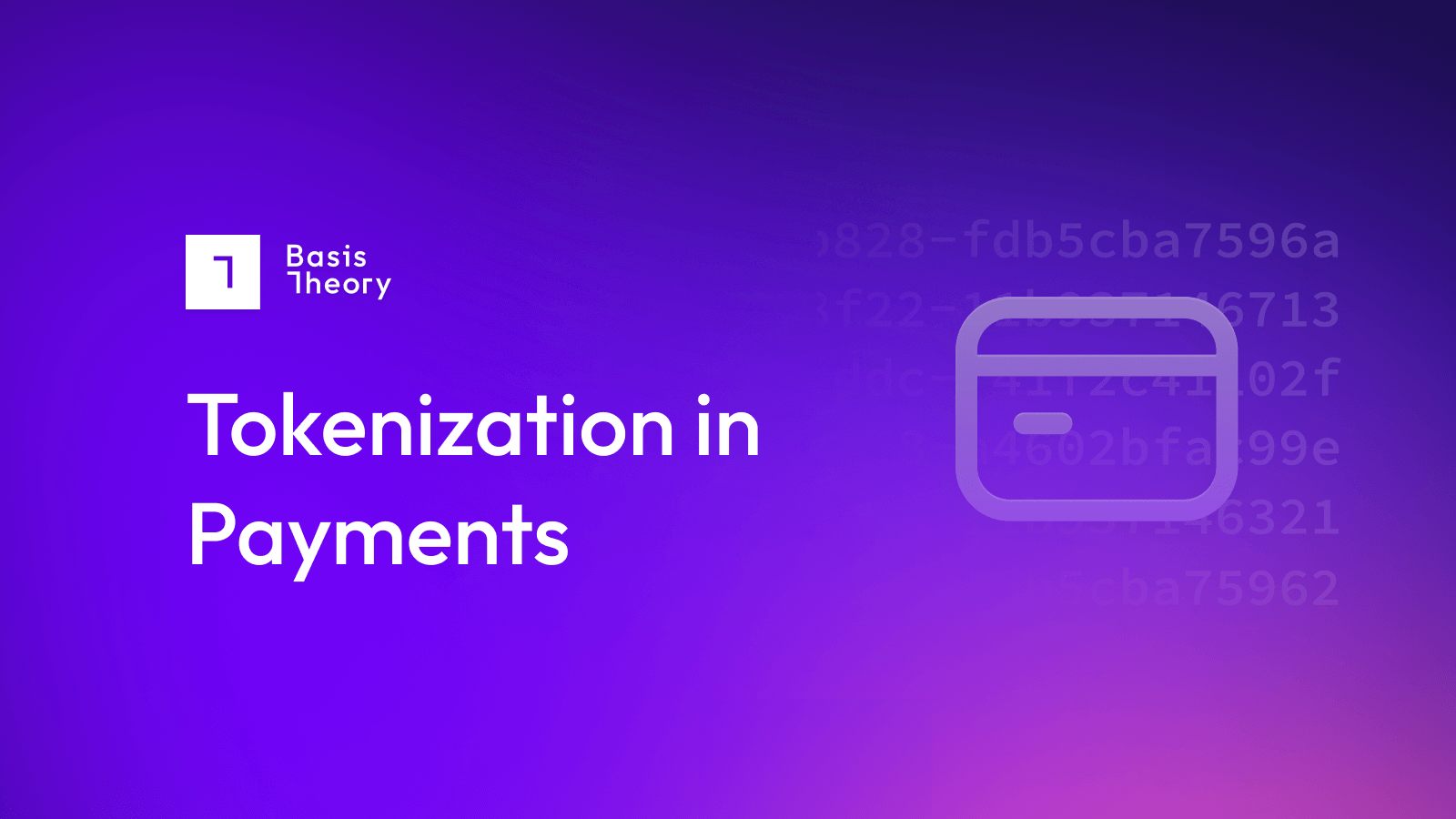Making Dollars and Cents of Network Tokens

Nothing is more important to a merchant than higher authorization rates. For years, merchants have chased lower fraud, smoother customer experiences—which result in a higher percentage of transactions being authorized and approved.
Enter network tokens, a cutting-edge technology that card networks promise will unlock these benefits.
The pitch is simple, the execution is not. For many businesses, what network tokens deliver—and what they don’t—depends on how they’re implemented, provisioned, and where you sit in the payment workflow. This deep dive will cut through the hype, focusing on what network tokens are, how they work, and what a merchant needs to consider before placing a bet on them.
What are network tokens?
A network token is a payment token provisioned by card networks that can only be used through the network itself or a partner merchant. A token requestor ID (TRID) is a unique identifier that allows a merchant to request a network token from a card network.
Network tokens are only used for payment data, as payment credentials to replace the primary account number (PAN). Network tokens remove the need for an Account Updater feature when used properly because the token can be changed based on the account referenced.
In this way, network tokens function more like physical keys that work for certain merchants and can open specific lockboxes. This means that a transaction will only be completed for the card-on-file when the merchant can supply a TRID and a token that the card network recognizes as the “keys” to unlock access.
Because the network token is tied to a merchant, processors are more likely to accept a transaction generated by a network token than one using a raw PAN due to a lower chance of fraud. These are the examples of authorization rate increases that are most commonly used for selling and explaining why network tokens are best for business.
But is the reality living up to the hype?
Latency and Network Tokens
Latency is most commonly cited as the biggest drawback to network tokens because it can take multiple seconds to process and use a network token in a transaction. Because of the latency issues, network tokens should not be used for all merchant transactions—otherwise, good transactions will fail, and money will be left on the table.
However, merchants are being incentivized to use network tokens—by the card networks or Payment Service Providers (PSPs) that offer their own proprietary tokenization service.
“There’s a push that the percentage uplift happens right away if you start using network tokens,” says James Armstead, VP of Product at Basis Theory. “Merchants see how network tokens are promoted and talked about, which has them think they can get a 4% uplift and increase their revenue.”
Armstead says the value of the network tokens comes down to processing volumes compared to the implementation costs. A merchant processing $50 million and a merchant processing $12 billion will have vastly different views of a network token implementation.
“There’s a real incentive to network tokens, but it’s all in the nuance, " Armstead says. “Merchants have a specific decline percentage they’re already tracking, and some of what is being declined is fraud so in reality, it’s not real-life users being turned away. So you could use network tokens and get the uplift, but that doesn’t mean it leads to more volume.”
When to Use a Network Token
A common use case for network tokens is failed transactions, where even if there is some latency, it affects a transaction that initially failed.
“So you weren’t getting that transaction anyway, but network tokens can help you save it,” Armstead says.
However, the question of when to use a network token always comes from a desire to improve transaction authorization rates.
Generally, a merchant would use Network Tokens if:
- You’re processing billions of dollars of transactions.
- You have a high card turnover rate.
- You prefer to optimize for fraud reduction over latency.
Stick with the PAN if:
- Your processor doesn’t natively support network tokens.
- You are optimizing for speed in high-volume, low-ticket transactions.
- You don’t want to invest in additional integration complexity because the benefits are unclear.
“Know what you are trying to optimize for,” Armstead says. “What we hear is a desire to increase auth rates. So why run all your transactions through network tokens? Just retrying could suffice. Trust your processor and let them do it before undertaking a massive implementation.”
Where to Start
Provisioning network tokens is a cutting-edge security feature. If you are a merchant interested in implementing a network tokenization strategy, Basis Theory Network Token Enrichment allows you to integrate with the card networks to acquire their tokens without fulfilling PCI Level 1 compliance requirements or integration with each individual network.
Once acquired, network tokens work natively with our existing services to get data to any partner that can accept them.
Creating a network token starts with creating a Basis Theory Token, commonly via capturing the user’s credit card data through a checkout form or API call. This depends on the merchant’s use case and PCI status.

Because network tokens are a newer technology, processors and acquirers have a wide range of strategies for implementing them within their ecosystem—meaning it is increasingly hard to give a definite answer on whether a specific processor will accept them.
For pricing on Basis Theory network tokens and helping to determine how to implement them best, use the developer documentation to bolster security and privacy.
.png?width=365&height=122&name=BTLogo%20(1).png)



